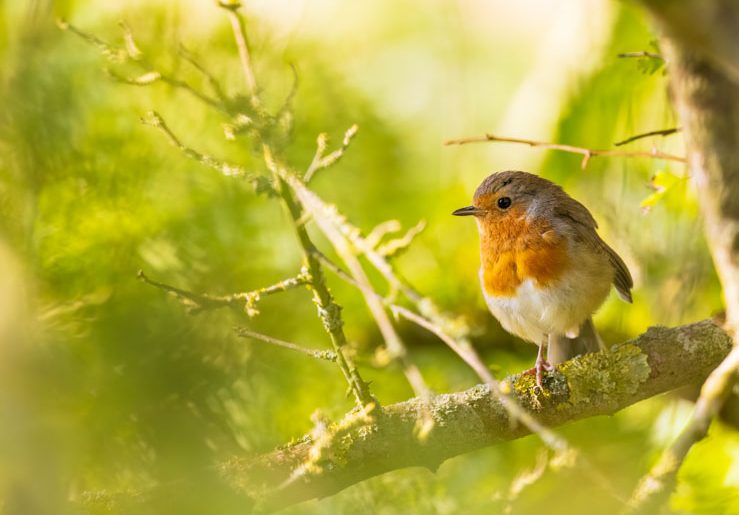
Surely this is not going to be a very interesting post for many, as the flow of traveling birders tends to be of a southward trajectory. But for the first time in my life, I ended up birding on British soil some weeks ago – and that experience elucidated the exact reasons why so many Brits travel for birds.
This is not in any way meant to be inflammatory – but you know it. The sun rises over the gently rolling hills of the British countryside, mist gathers around isolated trees while sheep gossip about the passing fox. The birds are chirping, and the butterflies are warming up. It is postcard-worthy, for sure. But which birds? I could tell that there was incessant, melodious chirping emanating from the shrubbery – yet as patient as I am the birds never seemed to emerge. Then, in a rush, they’d bolt. Exposing themselves for a split second as they rocketed into another bramble of similar proportion, I could identify a couple crucial ID clues: they were indeed birds, and they were brown.
Truth be told, I gained much more respect for British birders from this experience. Eventually, I gathered some level of confidence and began to suggest species on a probability-based methodology. Most times, it was a Common Chiffchaff. I was hardly ever correct, as it was often a House Sparrow. I began proficient at catching the sunshine yellow wing-panels of a European Goldfinch, but that was about it.
Fun fact: the first House Sparrow I ever saw was on one of Trinidad’s industrial ports. I was very much a green birder and had no idea what it was as I had solely been checking the seedeater section of the local field guide. The species had never been recorded in the country and I was in no way familiar with birds from faraway lands. I took a photo and posted it to a bird identification help group, wherein people laughed heartily at me for not knowing what an obscenely common bird was. While in no way condescending, the local response was not positive either. Concerns of an impending explosion of House Sparrows catalysed a response from the authorities, and while some birds were trapped and euthanised, a small population persists to this day.
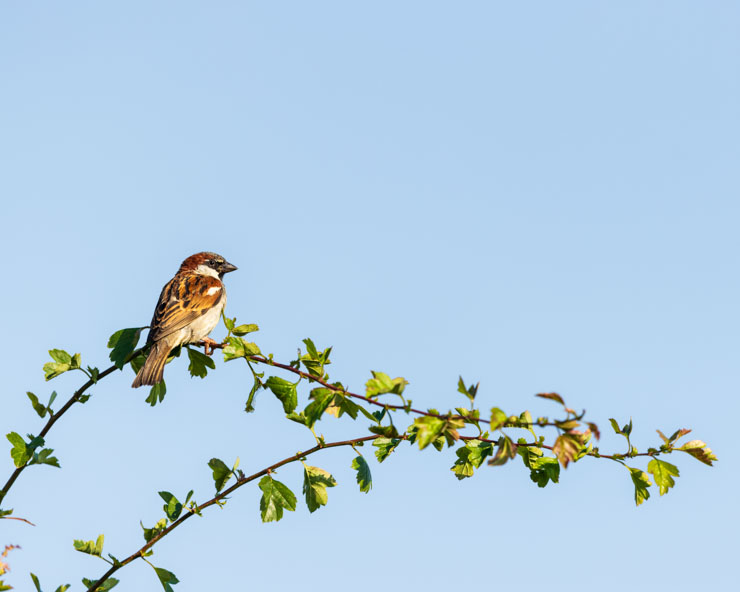
The House Sparrow ultimately found a place in the field guide.
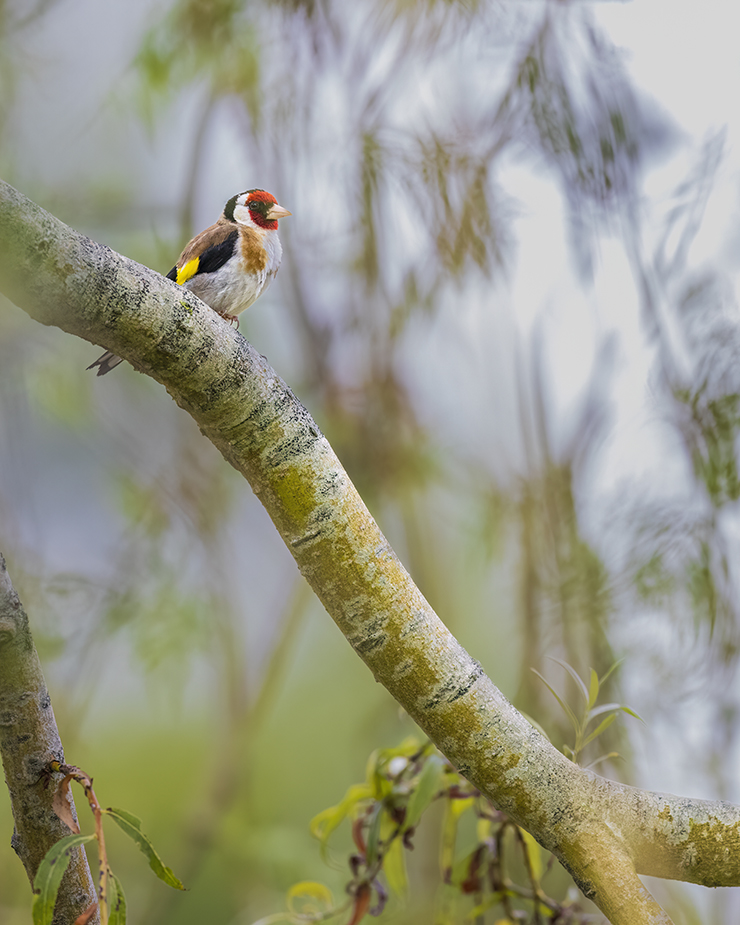
European Goldfinch is an exotic bird in my mind.
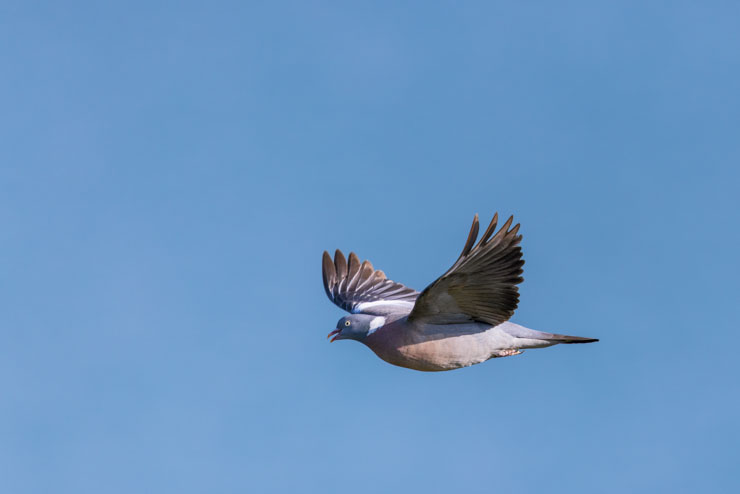
The Common Wood-Pigeon was indeed, common.
In addition to the wood-pigeon, there was a slew of “Common” birds. For example:
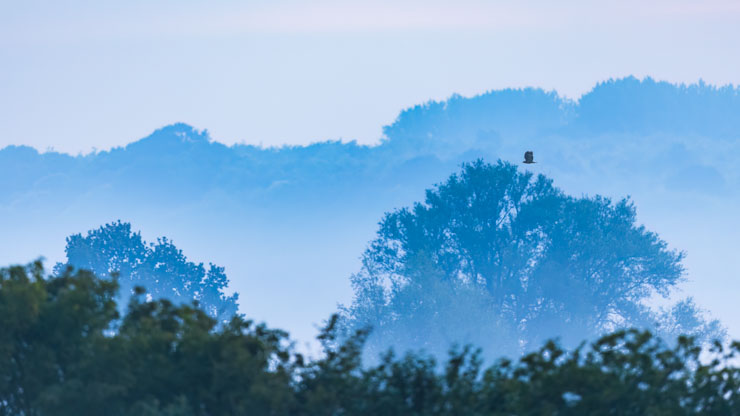
Common Buzzard,
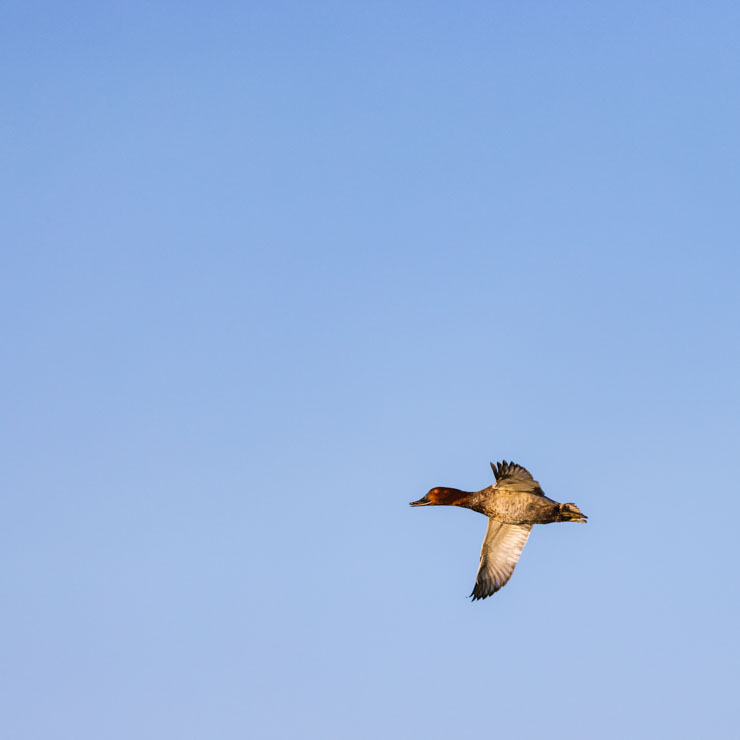
Common Pochard, and
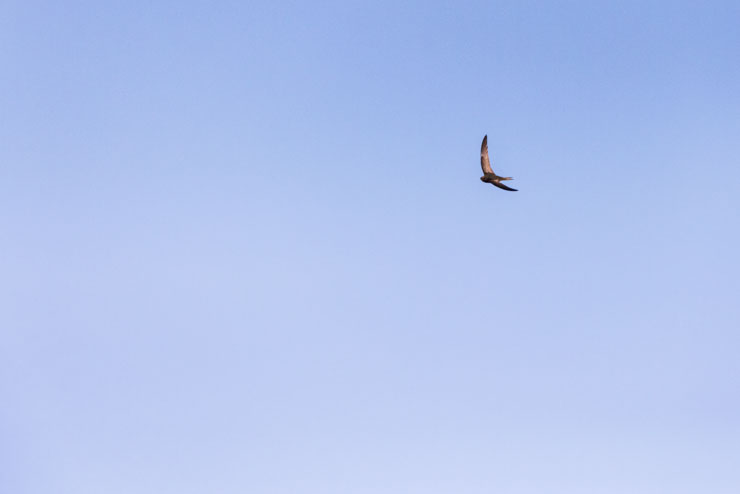
Common Swift.
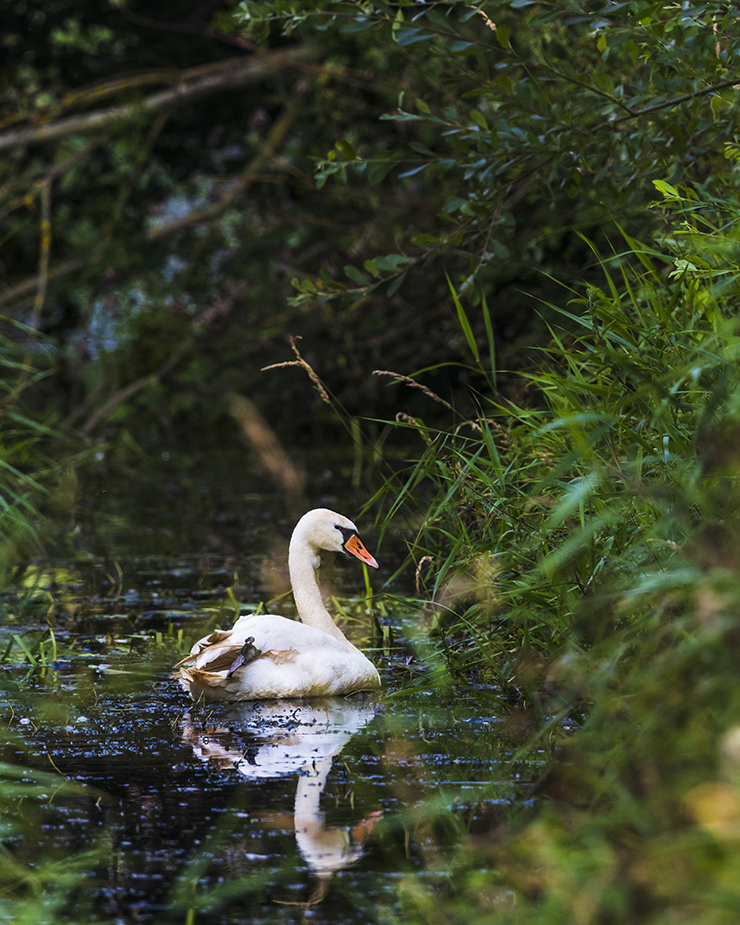
It took my breath away to find a Mute Swan in a drainage ditch while on a quest for the mythical-sounding Yellowhammer.
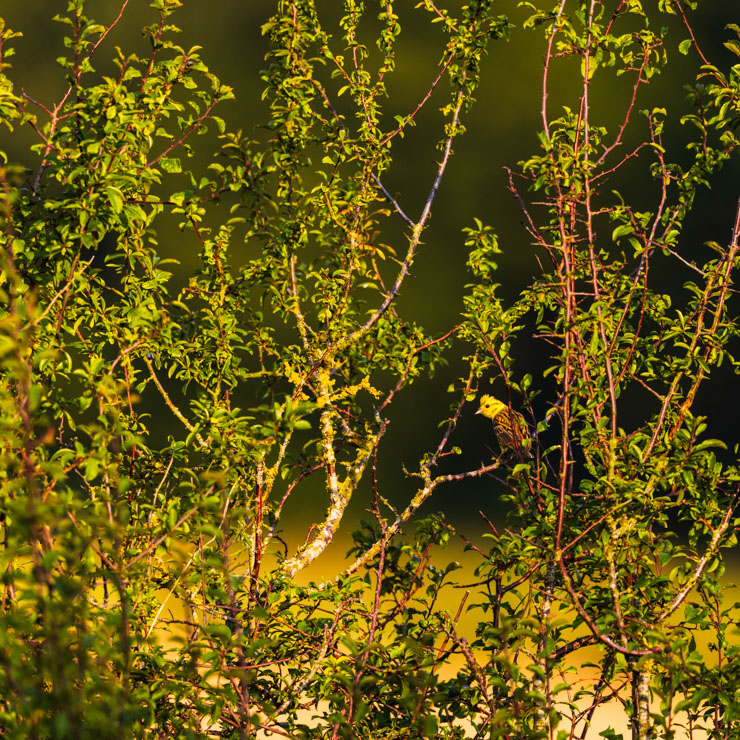
Turns out that the Yellowhammer is as real as it gets, and although it is yellow, has very little business with hammers.
The southern coast of England (loosely termed “beach”) yielded some familiar faces in the form of a small flock of Ruddy Turnstones. Eurasian Oystercatchers flew around further out over the ocean, their pied wings barely discernible.
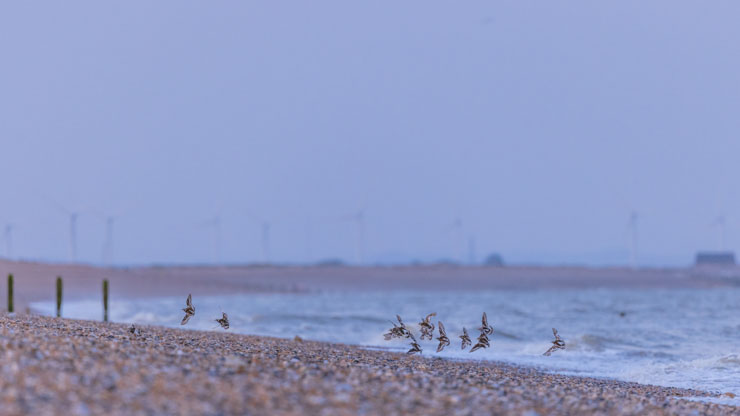
Ruddy Turnstone
On another coastline we saw some Herring Gulls as well as a lone Great Black-backed Gull.
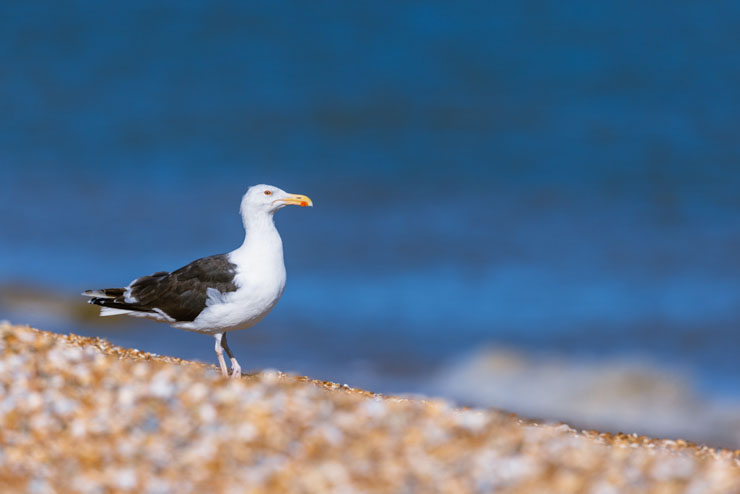
Great Black-backed Gull
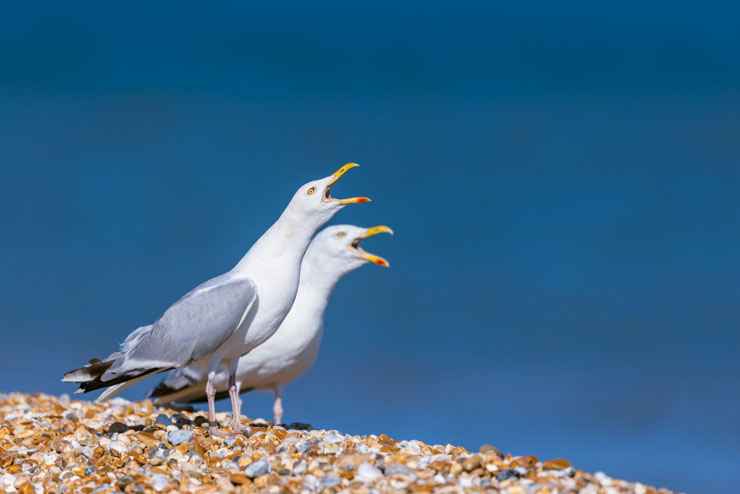
Prime photography advice for any bird photographer: point your camera at gulls, they’re always doing something at least mildly interesting. These Herring Gulls had just landed and immediately launched into a duet.
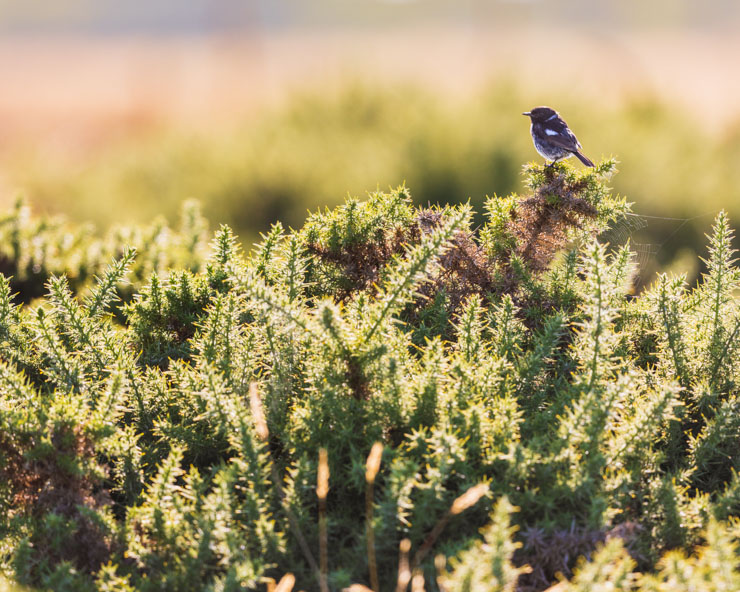
This European Stonechat had a good look at us. Seeing as from his position, we were exceptionally lit by the glaring afternoon sun.
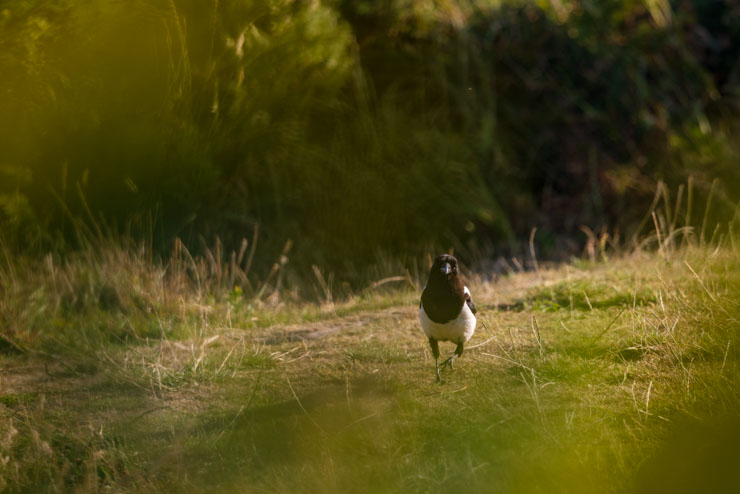
Despite their ubiquity, I found it difficult to create a pleasing image of a Eurasian Magpie.
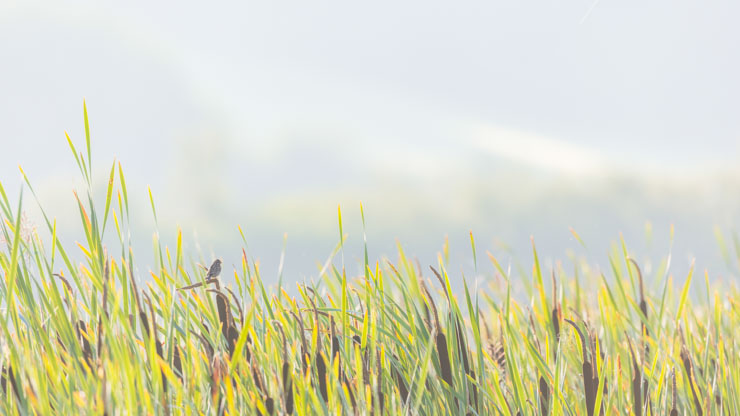
Special mention must be made of sightings of Reed Bunting. This was only made possible by sneaking out without waking the dog.
Sightings of Eurasian Green Woodpecker, on the other hand, were fleeting at best but usually nonexistent. The only time I saw anything remotely recalling green was as one flew past, traversing a typical woodpecker undulation with pace. Occasionally there were also sightings of Eurasian Kestrel, photos were only possible upon finding a field they were interested in.
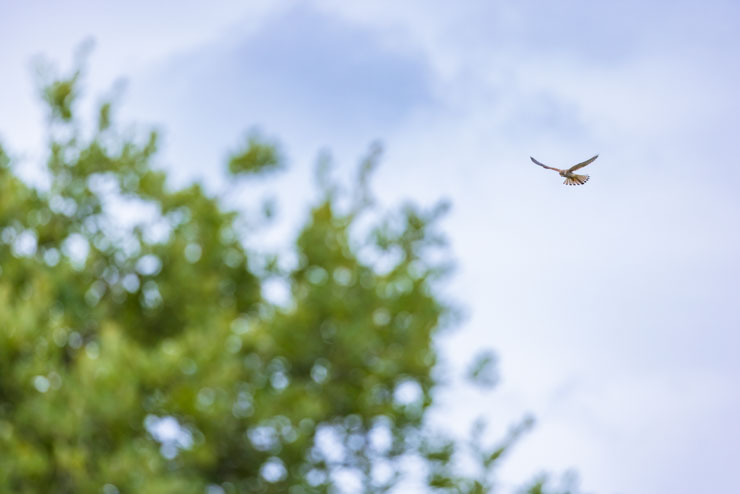
Eurasian Kestrel
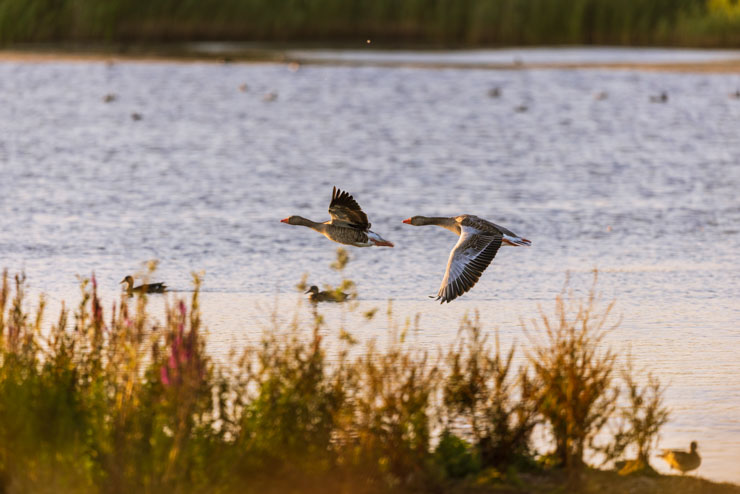
Even Greylag Goose was a new bird for me. That is, not one that moonlighted as a Security Goose.
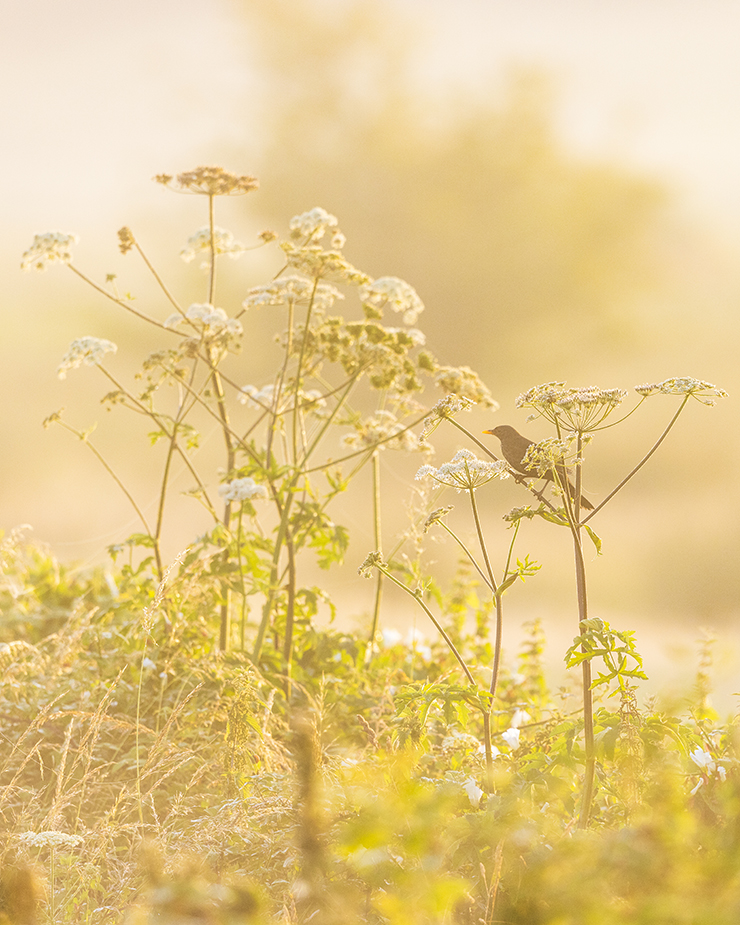
This strange thrush goes by an icterid-sounding name: Eurasian Blackbird.
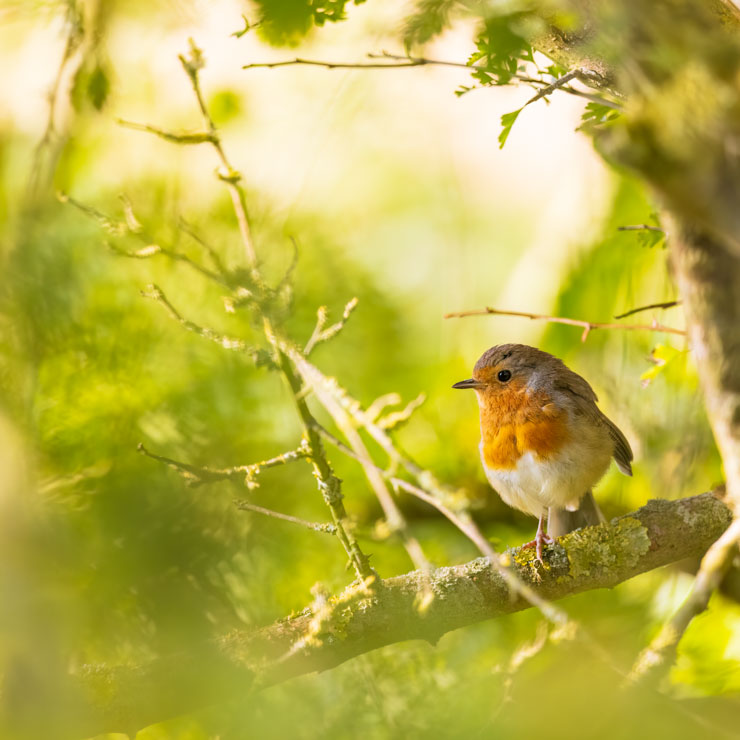
There was no way I could spend any time birding in England and not catch a view of a European Robin.
I’m not 100% sure on all of these ID’s here admittedly – so if I missed or mixed up anything please let me know. My experience may not accurately reflect others’ so feel free to share yours. I must also profusely thank my gracious hosts, without whom we surely would have been in dire straits – for reasons we shall not get into here, as those have nothing to do with birds.











As a resident British birder I can confirm, Faraaz, that all your bird IDs are correct (though the reed bunting isn’t big enough to be sure!) And yes, magpies are difficult to photograph and make the bird look good.
When I was in grad school in the Los Angeles area in the 1970s, I was just getting started with birding. It didn’t take me long to notice all of the sparrows in the streets. Fortunately I had my new Peterson field guide so I turned to the “Sparrows” section. These guys all had black throats so they must be Black-throated Sparrows!
But no, they didn’t quite look like the picture in the book. And worse, Black-throated Sparrows lived in distant hot deserts and not in city streets. It took me a long time to track down the House Sparrow in the book, which was inexplicably not in the “Sparrows” section.
Thank you for sharing this, Paul! Such is the beauty of the internet – I can find a community of people that have also been misled by House Sparrows 😉
Thank you for the confirmation and also for verifying that the magpies are tough cookies. Here’s a zoomed in version of that Reed Bunting.
https://www.10000birds.com/wp-content/uploads/2024/11/reed-bunting-7308-2.jpg
Definitely a reed bunting!